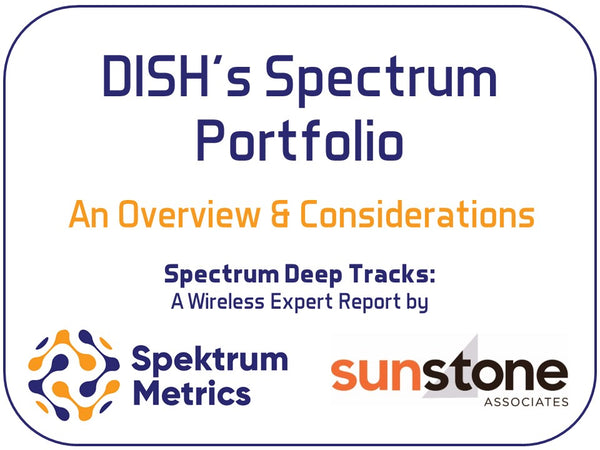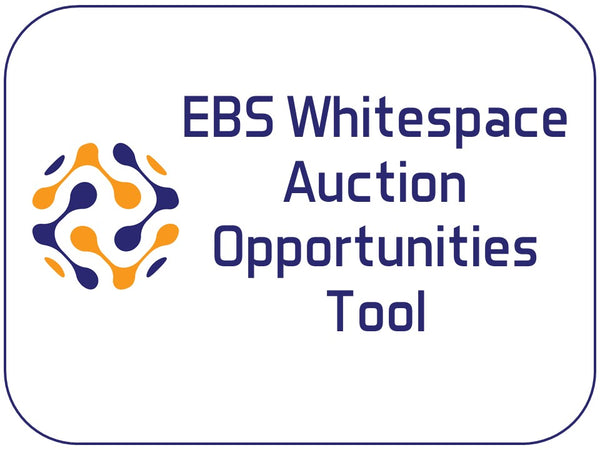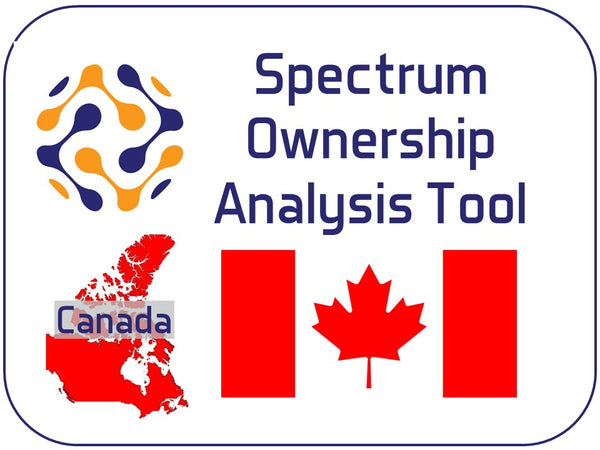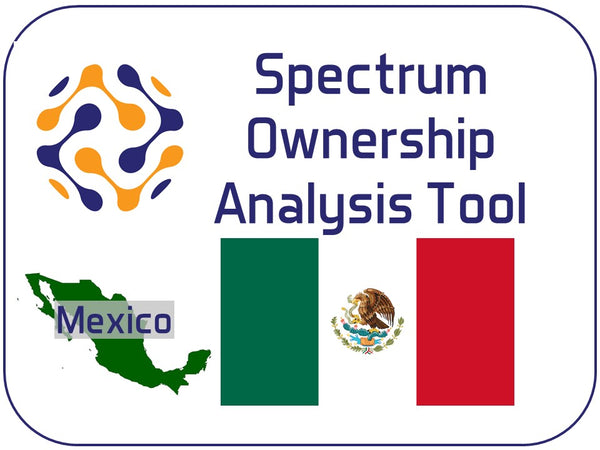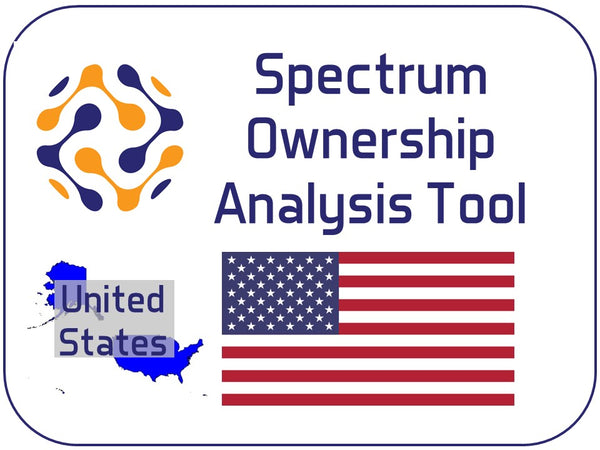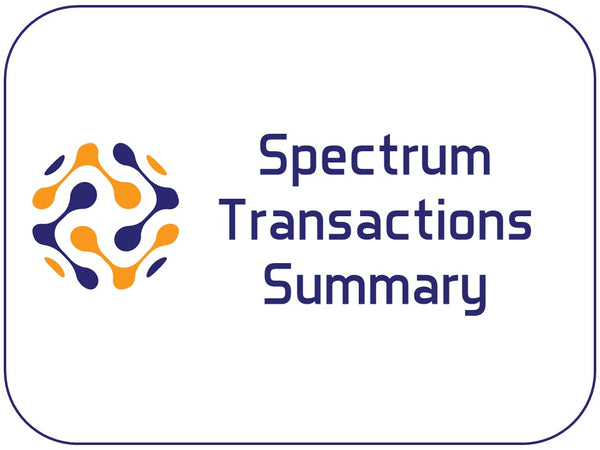A Look At T-Mobile's AWS-3 Spectrum October 25, 2016 08:30
With Fierce Wireless' recent article highlighting T-Mobile's inclusion of LTE Band Class 66 in their LG V20 handset, we decided to dig into the markets where T-Mobile has AWS-3 spectrum and try to understand how it will be deployed for LTE. The Spectrum Blocks map below indicates the counties where T-Mobile controls AWS-3 spectrum along with the specific blocks they control. The magenta areas indicate that T-Mobile controls the G, H, and I blocks of AWS-3 spectrum.

Below is band configuration guide from the FCC which indicates the layout of the individual channels. The AWS-3 G channel is adjacent to the AWS-1 F channel.

The channel size map below indicates the largest LTE channel size (5x5, 10x10, or 15x15) that could be deployed using only T-Mobile's AWS-3 spectrum.

The last map depicts the counties where T-Mobile's AWS-3 spectrum is contiguous with their existing LTE deployed in the AWS-1 spectrum. These are areas where T-Mobile could increase the LTE channel size if they haven't already their desire wide band LTE values of 15 or 20MHz channel

To develop these maps, we utilized several analysis modules within Allnet Insights' Spectrum Ownership Analysis Tool. First we utilized the Spectrum Grid Analysis Module to confirm the channel alignment for both the AWS-1 and AWS-3 frequency bands. For the AWS-1 and AWS-3 spectrum blocks the channels are lettered consistently from A to J (lowest frequency to highest frequency). This is critical to understand what channels are adjacent to each other. The lettering of channels in most of the mobile carrier frequency bands does not straightforward like the AWS-1 and AWS-2 frequency blocks.
Below is a portion of our Spectrum Grid for the New York, NY and Los Angeles, CA counties.
Once we confirmed that what channels are adjacent to the AWS-1 block, we utilized the Channel Blocks Analysis Module to determine on a county by county basis, whether T-Mobile owned the spectrum adjacent to the AWS-3 frequencies (AWS-1 F Block) and whether they also owned contiguous spectrum adjacent to the AWS-1 F Block (either G, G and H, or G, H, and I). The markets where T-Mobile controls the J channel, they don't control the I channel so the J channel won't be contiguous to any of their existing spectrum.
In the example below, I have highlighted 3 counties in the Beaumont-Port Arthur, TX CMA where the addition of the AWS-3 G channel will allow T-Mobile to expand their LTE channel from 15MHz to 20MHz. The values in each of the Channel Blocks columns represent the spectrum depth for each of those channels held by T-Mobile. Each of these spectrum depth values need to be cut in half to represent the LTE channel size. This is because 1/2 of each channel's spectrum is used for the cell site's transmitting (downlink) LTE channel and the other 1/2 is used for the cell site's receiving (uplink) LTE channel.












